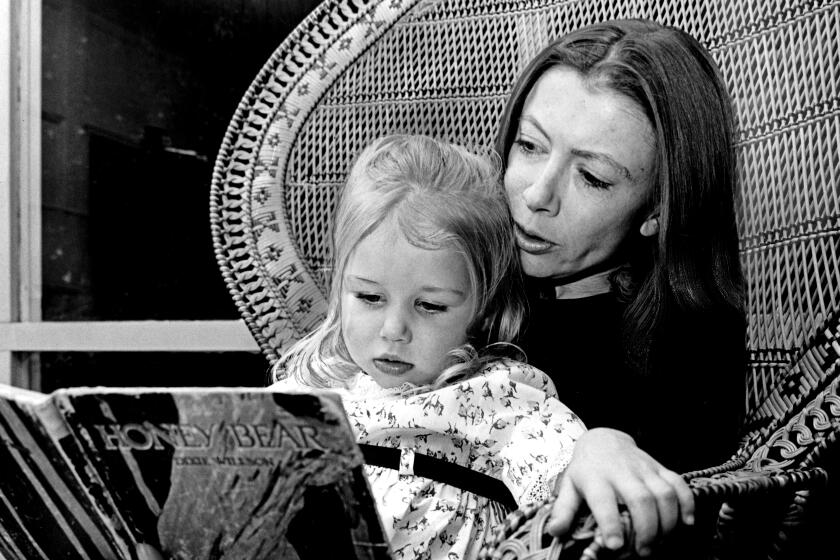PILOT’S DIRECTIONS The Transcontinental Airway and Its History <i> edited by William M. Leary (University of Iowa Press: $16.95; 82 pp.)</i>
- Share via
In the late teens and early 1920s a group of men in the United States repeatedly risked their lives in the service of their country. They were not fighting a war, testing military equipment or working undercover as spies.
They were delivering the mail.
“Pilot’s Directions” chronicles the beginnings of the Air Mail Service in what was then called the U.S. Post Office Department. It is a story of obsession, tragedy, triumph; a tale of a time when distances between two points seemed far greater, even though the country was far more united in spirit.
William Leary, a history professor at the University of Georgia, introduces the book with an essay about the perils of that era’s long-distance flying. There were few reliable instruments and no air maps. Pilots navigated by using landmarks such as railroad tracks, bridges, race tracks and highways.
The main part of the book is a reproduction of the 1920 “Pilot’s Directions,” a guide to the landmarks used by the flyers on their most heralded route: New York to San Francisco. The directions, like Leary’s prose, are straightforward, but they evoke a time when there was a great deal more diversity in the towns and cities of the nation. None of the cited landmarks are fast-food franchises or chain hotels.
The country yearned to be more united, to have faster transportation and communication. For the most part it accepted the sacrifice of numerous pilots killed in the early years of the Air Mail Service. The pilots themselves were romantic figures who, except for one protest that briefly interrupted the service, followed orders to fly even in bad weather and at night to get the mail through.
Ironically, as the country grew smaller, our sense of civic duty grew duller. Who in their right mind would, today, take dire risks just to speed up the mail?
This book whets the appetite for a far more detailed history of the early Air Mail Service.
More to Read
Sign up for our Book Club newsletter
Get the latest news, events and more from the Los Angeles Times Book Club, and help us get L.A. reading and talking.
You may occasionally receive promotional content from the Los Angeles Times.










